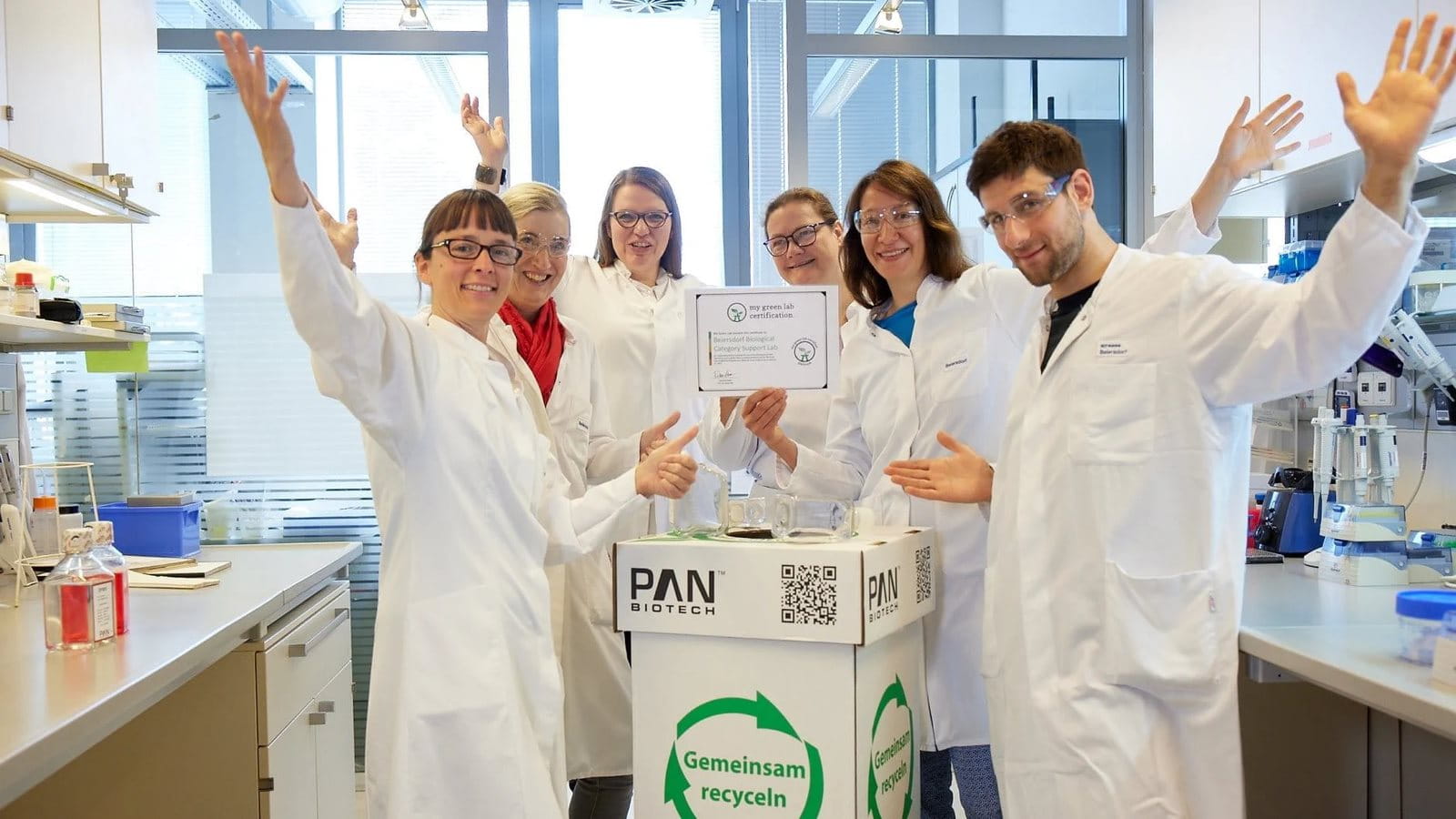
Beiersdorf’s sustainability transformation recently reached a new milestone as the company received the prestigious “My Green Lab” certification for different research units in Hamburg. The My Green Lab Certification is considered the gold standard for laboratory sustainability practices around the world and is designed to give laboratories actionable ways to improve their environmental performance through a continuous improvement process. The certifications received by Beiersdorf are a result of the R&D teams’ expertise combining innovation power and sustainability efforts and is an important step that contributes to the company’s CARE BEYOND SKIN Sustainability Agenda.
In this
interview, Dr. Tanja Bussmann (Team Leader within the Biological Testing
department), Fabian Wrieden (responsible for Beiersdorf’s chemical vocational
training program) and Nathan Sirett from My
Green Lab (Senior Programs Manager) share a behind-the-scenes perspective on the
motivation for receiving the certification, the process and what this means for
the company’s sustainability journey.






